From the guide understanding linux kernel 3rd edition, chapter 8.2.10, Slab coloring-
We know from Chapter 2 that the same hardware cache line maps many different blocks of RAM. In this chapter, we have also seen that objects of the same size end up being stored at the same offset within a cache. Objects that have the same offset within different slabs will, with a relatively high probability, end up mapped in the same cache line. The cache hardware might therefore waste memory cycles transferring two objects from the same cache line back and forth to different RAM locations, while other cache lines go underutilized. The slab allocator tries to reduce this unpleasant cache behavior by a policy called slab coloring : different arbitrary values called colors are assigned to the slabs.
(1) I am unable to understand the issue that the slab coloring tries to solve. When a normal proccess accesses data, if it is not in the cache and a cache miss is encountered, the data is fetched into the cache along with data from the surounding address of the data the process tries to access to boost performance. How can a situation occur such that same specific cache lines keeps getting swapped? the probability that a process keeps accessing two different data addresses in same offset inside a memory area of two different memory areas is very low. And even if it does happen, cache policies usually choose lines to be swapped according to some agenda such as LRU, Random, etc. No policy exist such that chooses to evict lines according to a match in the least significant bits of the addresses being accessed.
(2) I am unable to understand how the slab coloring, which takes free bytes from end of slab to the beginning and results with different slabs with different offsets for the first objects, solve the cache-swapping issue?
[SOLVED] after a small investigation I believe I found an answer to my question. Answer been posted.


